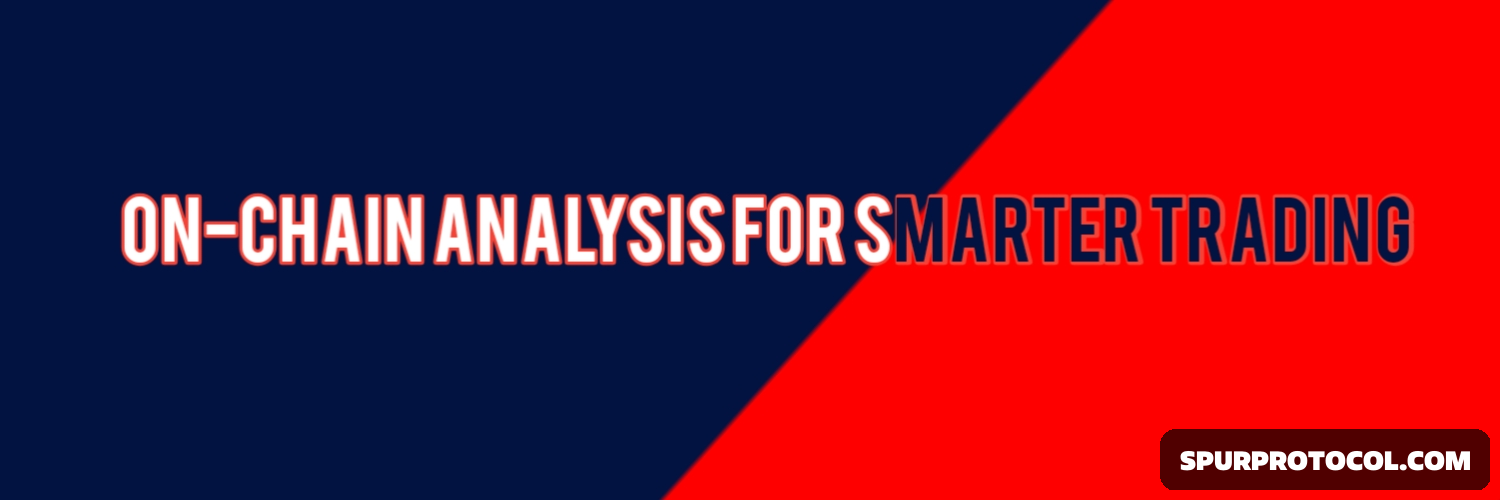On-Chain Analysis for Smarter Trading: Tools, Metrics & Tactics
On-chain analysis gives traders direct access to raw blockchain data. It tells you what’s happening behind the scenes: which wallets are accumulating, when big players are entering or exiting the market, and whether people are moving funds onto or off of exchanges. In short, it puts you a step ahead
🧠 Why On-Chain Analysis Matters
Unlike traditional finance where most data is hidden behind closed doors, blockchain activity is public. Every transaction, every transfer, and every address is visible. This means you can literally watch the money flow.
With the right tools and techniques, you can:
Spot accumulation before price pumps
Identify whale activity and large token movements
Gauge market sentiment from wallet behavior
Detect supply squeezes or sell pressure early
This kind of insight isn’t just valuable — it’s strategic. It gives you confirmation that goes deeper than what any RSI or MACD can offer.
🔧 Must-Know Tools for On-Chain Analysis
If you’re ready to get serious, start with these essential tools:
1. Glassnode
Offers clean dashboards with dozens of important metrics.
Great for long-term sentiment, market cycles, and accumulation data.
Key features: NUPL, HODL Waves, SOPR, Exchange Balances
2. LookIntoBitcoin
Simple, free, and powerful — especially for Bitcoin-specific metrics.
Provides long-term indicators like the Pi Cycle Top, MVRV Z-Score, and Realized Price.
Helps identify macro market tops and bottoms.
3. Arkham Intelligence
A newer platform that focuses on wallet attribution and tracking specific identities.
Allows users to trace tokens across wallets, exchanges, and protocols.
4. Etherscan / BSCScan
Block explorers that let you manually trace wallet activity, token transfers, and smart contract interactions.
Extremely valuable for tracking whales or following smart money.
5. DeBank / Zapper
Portfolio trackers with wallet exploration features.
Useful for checking DeFi activity, wallet holdings, and cross-chain data.
📊 Key On-Chain Metrics You Should Track
Let’s break down the most important metrics intermediate traders should get comfortable with:
🔹 Exchange Inflows/Outflows
What it means: When large amounts of BTC or ETH are sent to exchanges, it often signals upcoming sell pressure.
Bullish Sign: Massive outflows — traders are withdrawing to cold wallets.
Bearish Sign: Inflows spike — traders are likely preparing to sell.
🔹 Active Addresses
A good measure of network activity and user engagement.
Spiking active addresses can signal increased interest or adoption.
🔹 NUPL (Net Unrealized Profit/Loss)
Helps determine whether the market is in profit or panic mode.
High NUPL → Euphoria phase. Low NUPL → Capitulation or Opportunity zone.
🔹 Whale Wallet Movement
Tracking top wallets can give early signs of accumulation or dumping.
Tools like Arkham or Etherscan can help trace high-value wallet activity.
🔹 Realized Cap vs Market Cap
Realized Cap shows the value based on when coins were last moved.
When market cap far exceeds realized cap, market may be overheated.
🎯 Trading Tactics Using On-Chain Data
Here’s how you can integrate on-chain analysis into your strategy:
1. Front-Run the Crowd
If you notice major outflows from exchanges, it might mean a big move is coming. Consider entering before the price reflects this shift.
2. Confirm Accumulation Zones
Use wallet activity, supply on exchanges, and low active profit-taking as signs of bottoming out.
3. Avoid Trap Rallies
If the price pumps but on-chain data shows increasing exchange inflow and high NUPL, it may be a short-term exit pump by big players.
4. Identify Altcoin Rotation
Watch wallet movements and staking flows on layer 1 and DeFi tokens. Whales moving to a specific chain often signals the next narrative.
⚠️ Caution: Don’t Rely on One Metric Alone
On-chain analysis is powerful, but it's not magical. Don’t bet everything on a single metric or signal. Instead, treat it as a layer of confirmation. Combine it with price action, fundamental news, and macro trends to form a complete picture.
🧠 Final Words
The best traders don’t just look at what the price is doing — they understand why it's moving. On-chain analysis equips you with that “why.” It gives you an insider's view of the market that no chart alone can provide.
If you want to evolve from guessing to anticipating, start incorporating on-chain data into your workflow. It’s not just smarter trading — it’s more informed, more confident, and more strategic.

